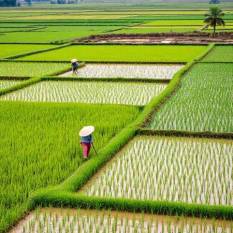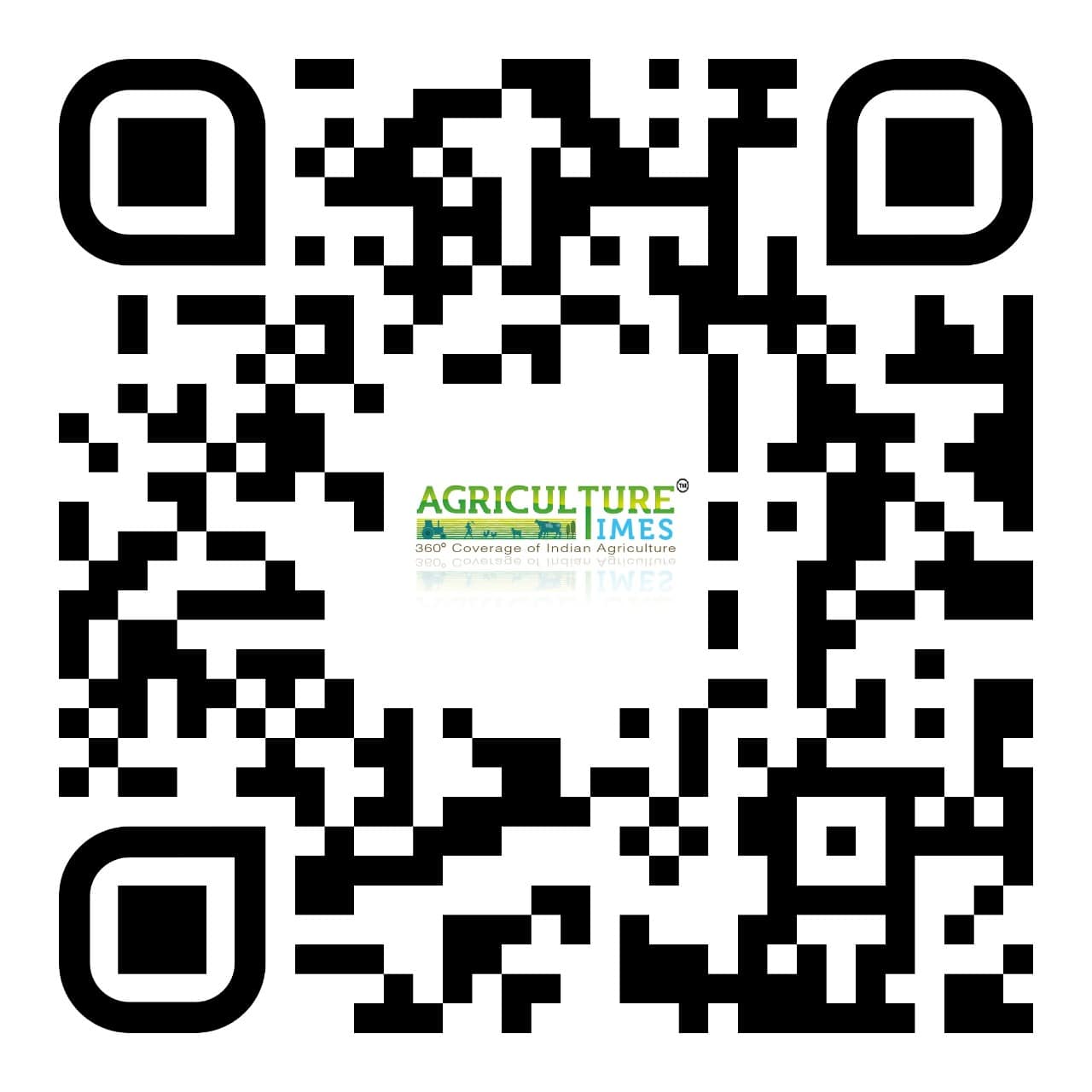MUMBAI, 24 July 2025: Countries across Asia are transforming rice farming through a wave of climate-smart initiatives designed to boost yields, reduce emissions, and secure rural livelihoods as global demand for rice continues to rise.
Rice, which feeds over half the world’s population and supports 144 million people globally—most of them smallholder farmers—faces mounting challenges from climate change, water scarcity, and stagnating productivity. With demand for rice expected to grow by 30 percent by 2050, governments in Vietnam, Indonesia, Bangladesh, and India are taking action.
In Vietnam, authorities have rolled out the “One Million Hectares of High-Quality Rice” program in the Mekong Delta, the country’s rice heartland. Backed by the World Bank, the initiative has trained over 155,000 farmers in climate-resilient practices on 180,000 hectares. One standout method—alternate wetting and drying—has helped farmers cut methane emissions and conserve water. In Can Tho City, farmer Le Dong Phuong reported that the new approach helped reduce costs on seeds, fertilizers, and water, while increasing yields to eight tons per hectare—two tons above the national average.
Indonesia is also investing in smarter irrigation to tackle deteriorating infrastructure. Through irrigation service agreements between farmers and water authorities, the country has restored water access for thousands of farms. These agreements ensure timely water delivery and reduce dependence on pumps. Nearly 350,000 farmers have seen improved yields. “Our paddy is fuller and more profitable,” said Sukeni, a farmer from Jatimulya.
Bangladesh, which has quadrupled rice production since 1971, is aiming to double its productivity to six tons per hectare by 2050. The government’s new strategy focuses on low glycemic index rice varieties, expanded mechanization, and support for research and infrastructure. The initiative also targets better nutrition and climate resilience.
Meanwhile, India—home to 47.7 million hectares of rice fields—is embracing technologies like direct seeding, mid-season drainage, and organic soil conservation to improve water efficiency and lower emissions. Despite being the world’s second-largest rice producer, India continues to face low productivity and environmental degradation.
The World Bank Group has launched the Scaling Next Generation Rice Impact Program to support these transformations. The initiative enables rice-producing nations to share knowledge, test innovations, and scale sustainable practices.
As these countries adopt modern approaches to rice cultivation, early signs of success are already evident. Farmers are reporting higher yields, lower input costs, and greater climate resilience. With global attention turning to sustainable food systems, the rice sector’s transformation in Asia may serve as a model for agricultural reform worldwide.




















